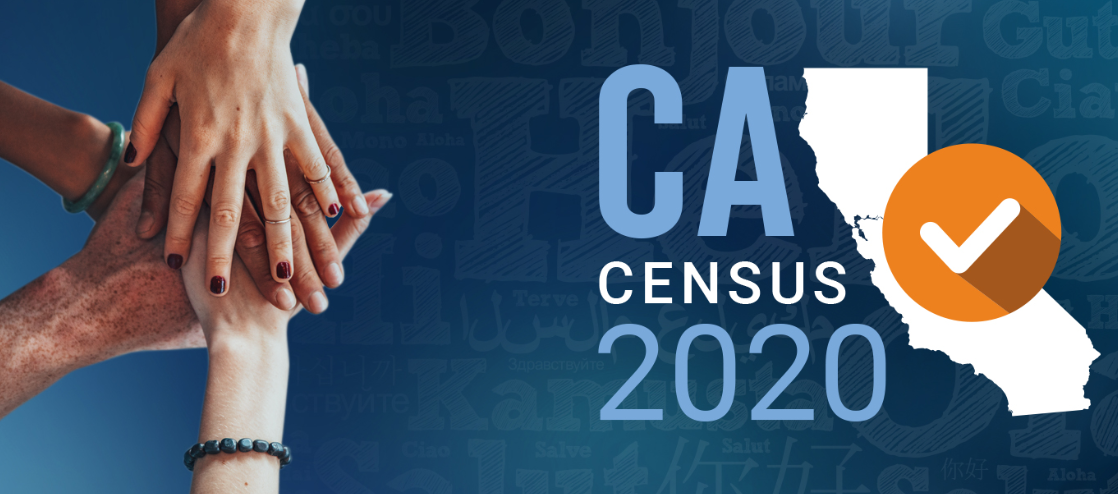
4 Ways the Census Helps Shape SLO County’s Future
Author: Administrative Office
Date: 3/22/2019 10:48 AM
Census Day 2020 is almost a year away! What's in it for SLO County residents?
Every 10 years, the United States takes on an enormous task: counting all the people who live in the country and recording basic information about them, such as age, sex, and race. And the next U.S. Census will take place almost exactly one year from now – Census Day is April 1, 2020!
Locally, a committee of local government agencies, nonprofits, and community groups will help spread the word about the importance of a complete and accurate account of SLO County’s population, particularly targeting state-identified, hard-to-count populations.
But why should you care? What’s in it for SLO County residents? Here are four ways the Census shapes SLO County’s future.
- Fair representation. The census ensures that our community gets its fair share of representatives in government. The data collected by the decennial census determines the number of seats each state has in the U.S. House of Representatives and is used in local redistricting, which is the redrawing of district lines to ensure that local legislative representation is fair and balanced. The federal government uses the census information to determine how many members of Congress each state will have, and if California’s population is under counted, this will impact our state’s congressional representation. California faces the greatest barriers in the nation to ensure an accurate count. According to the Census 2020 California Complete Count Committee’s initial report to the governor, California’s unique challenges include:
- language access concerns, as 42% of residents speak a language other than English at home;
- hard-to-count populations, which are harder to count than the national average; and
- increasing immigrant fears and distrust, which is especially challenging for California as the state is home to almost 10.7 million foreign born residents.
- Federal funding. The census helps with equitable distribution of public funds from the federal government to local educational programs, health care, law enforcement, highways, and more. In fact, in the last fiscal year the County of San Luis Obispo received $74.6 million in federal funding for various programs, including public health services, child welfare services, and emergency response management grants, much of which was allocated based on census information.
- Identify needs for new schools and hospitals. Data collected from the Census will also help determine local school districts and help communities like ours plan for new schools and hospitals.
- Economic impacts. It can help boost the local economy, as companies use census data to decide where to open new locations and create jobs.
Also, by law, the U.S. Census Bureau cannot share the data with immigration or law enforcement agencies or allow it to determine eligibility for government benefits.
State leaders are devoting significant funding to the California Census Office’s strategic outreach and communication campaign, an effort that will seek to reach more than 13.5 million households in California to raise awareness of the 2020 Census and motivate the hardest-to-count Californians to respond. It will also fund the County’s local outreach efforts to the tune of $100,000 to ensure that those who are considered hard-to-count and least likely to respond to the Census questionnaire will get specialized outreach and assistance.
For more information about the County’s 2020 Census outreach efforts, visit www.slocounty.ca.gov/2020CensusOutreach.
